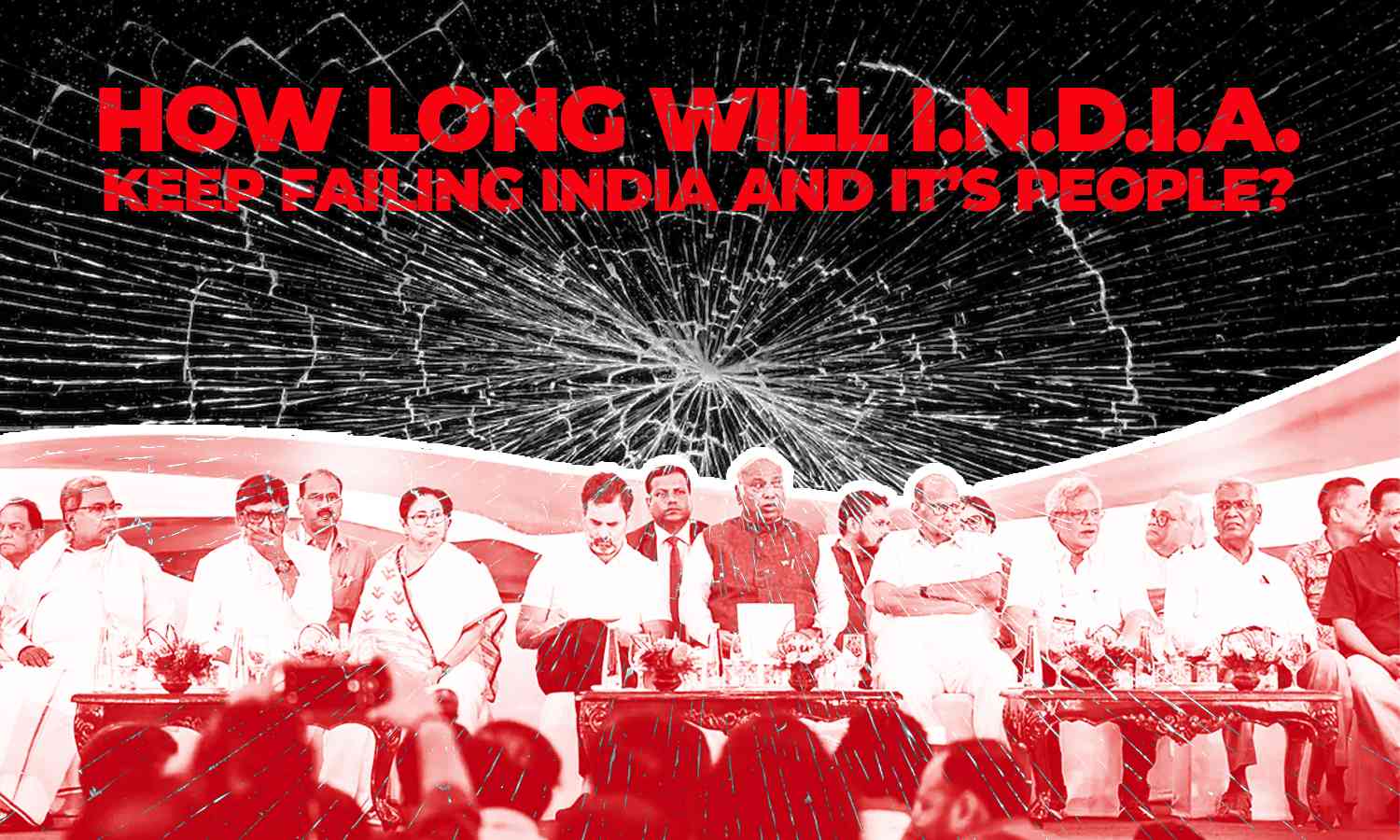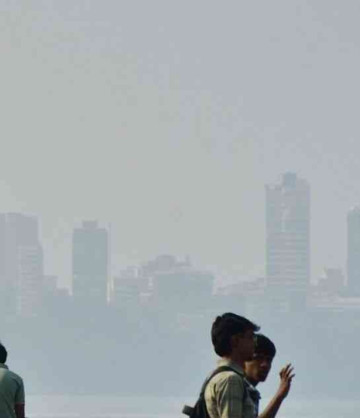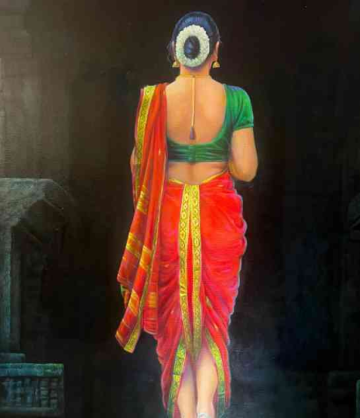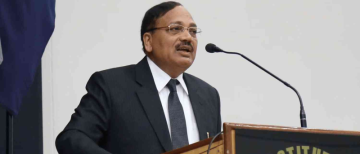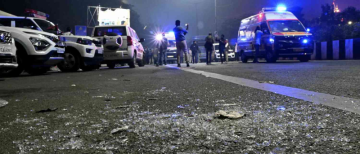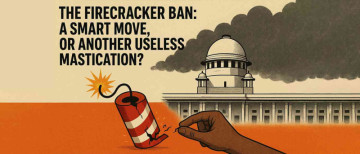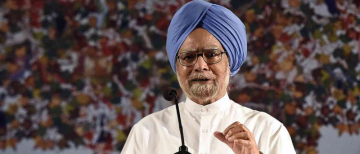Where is India’s opposition? Where are its teeth, it’s grit, its struggle, its strength? How is the a normal citizen supposed to have to the courage to speak truth to power, how is its independent media supposed to take on topics that rub the powers that be in the wrong way, when there is nothing backing them up? The role of the opposition is to hold a power structure up that create checks and balances in the nation, but where is it? Where is I.N.D.I.A.? Where is the camaraderie, where is the fire and the brimstone, where is the rallying around truths? Where the hell is it? Why is our opposition in tatters all the effing time? Bickering, back-biting, back-stabbing, bitching, in-fighting? Why does Rahul Gandhi being pitched as the next PM? Why is Kejriwal irrelevant now? Why is Mamata Banerjee designated only to a state? Why is Akhilesh only UP bound? Why is there no much divide? Is it because the INDI Alliance never really got over personal benefits and regional power structures? Or is it because every single political party that forms that loosely held together “alliance” essentially hates each other and operates out of deep-seeded distrust of each other? And how long will the Indian citizen and it’s political system have to live without a unified opposition voice? How long will INDIA keep failing India and it’s people?
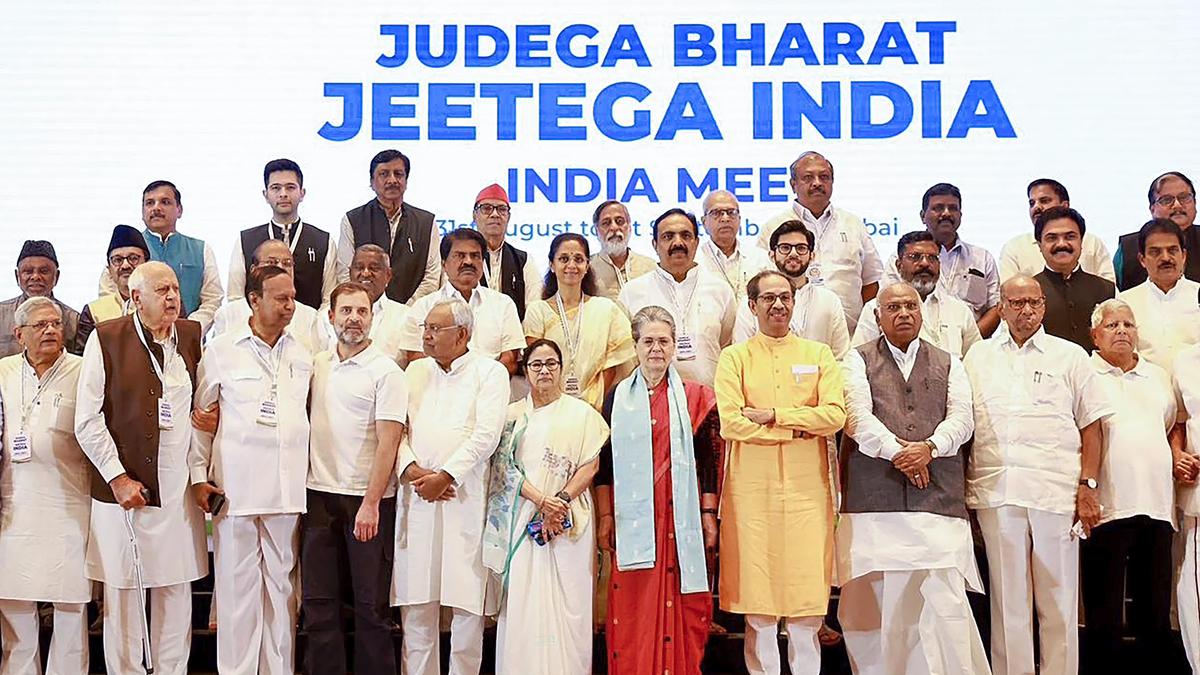
The Loss of Delhi: A Fractured Opposition and the Unrelenting Rise of the BJP
The INDIA alliance is now little more than a political relic, its demise all but sealed, awaiting only the final ceremonial farewell—most likely after the highly anticipated Delhi assembly elections conclude. Barely a year and a half after a disparate collection of opposition leaders assembled in the sweltering heat of Patna to construct a seemingly formidable anti-BJP coalition, the alliance has unravelled with astonishing rapidity. What once appeared to be a promising counterforce has now been reduced to a hollow shell, its internal contradictions laid bare.
For the Bharatiya Janata Party (BJP), the resurgence in Delhi marks a significant political triumph. After nearly three decades of being in the wilderness since 1998, the party’s return to power in the capital is a resounding reaffirmation of its formidable electoral machinery. It also shatters the notion that the BJP thrives only in states where the Congress is the principal opponent. The saffron party’s electoral juggernaut, which recently dismantled the Biju Janata Dal (BJD) in Odisha and bested regional stalwarts in Maharashtra, has now delivered a decisive blow to the Aam Aadmi Party (AAP) in Delhi. This ascent should be deeply unsettling for the Congress, which, despite its schadenfreude at AAP’s misfortunes, finds itself still in a state of political irrelevance in the capital.
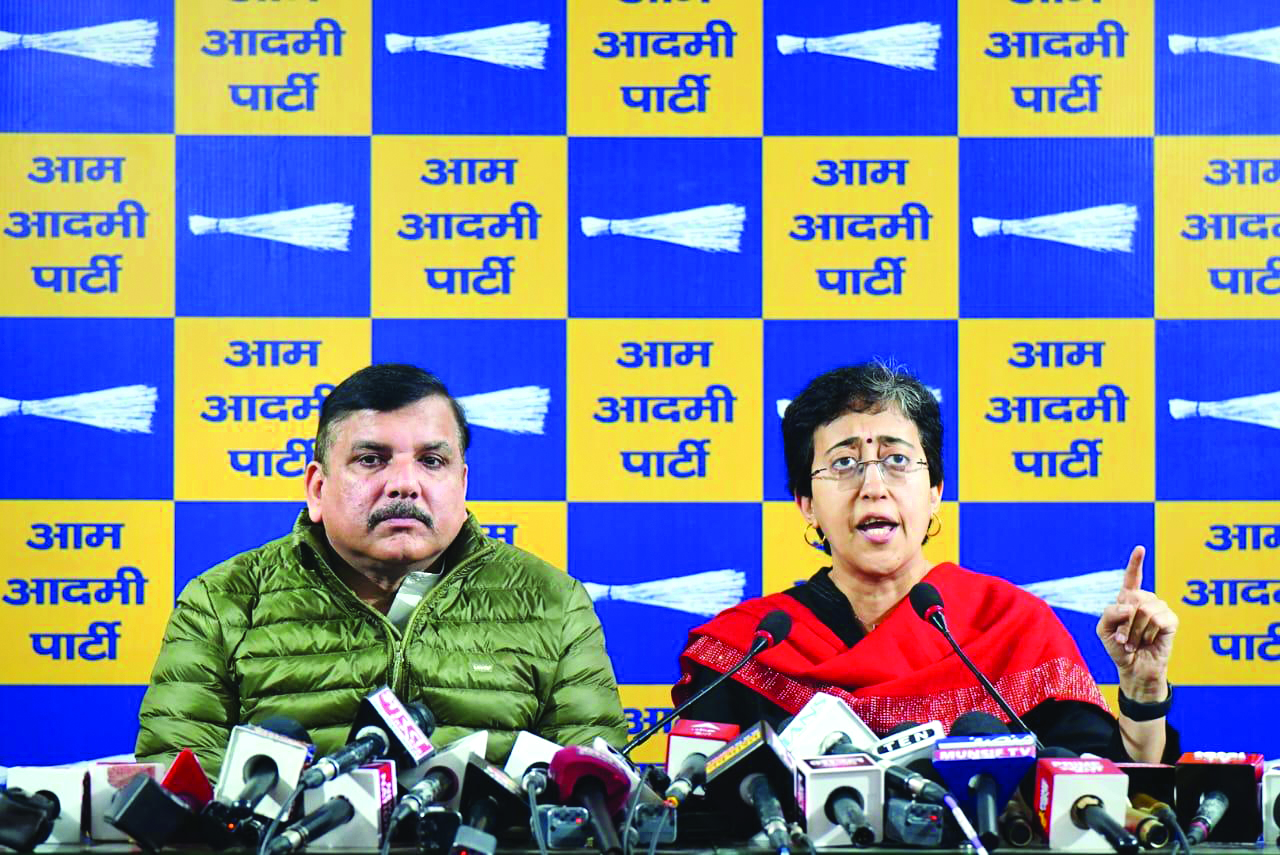
A Fragile Alliance Crumbling Under its Own Pettiness
The swift disintegration of the INDIA alliance was almost predestined. A coalition formed with the singular objective of halting Narendra Modi’s ‘char sau paar’ (400-plus seats) ambition was unlikely to sustain itself beyond the 2024 general elections. With Modi securing a third term—albeit with reduced parliamentary numbers—state-level political imperatives have swiftly eclipsed the broader national agenda.
Was it ever realistic to expect Mamata Banerjee and the Left to find common ground in West Bengal? Could Lalu Prasad Yadav and Nitish Kumar, erstwhile allies turned adversaries and then uneasy partners, ever truly trust one another? Were Omar Abdullah and Mehbooba Mufti ever going to maintain a lasting alliance in the perpetually volatile politics of Kashmir? Could the Uddhav Thackeray faction of the Shiv Sena reconcile its past of militant Hindutva with its present, more ambiguous ideological stance?
At the national level, Modi and the BJP served as the unifying threat. But at the state level, political equations were bound to shift. The INDIA bloc, built upon tactical necessity rather than ideological cohesion, could not withstand the pressures of regional dynamics. The dissolution of this alliance has left a fragmented opposition that is now floundering in disarray, gifting the BJP an unhindered path to electoral dominance.

AAP’s Melodrama and the Congress’ Calculated Indifference
Nowhere is the opposition’s internal dysfunction more visible than in Delhi. Merely eight months ago, the Congress and AAP were contesting the Lok Sabha elections as allies in the capital, even as they battled each other in Punjab. Their alliance was an uneasy one—mathematically sound but bereft of political chemistry. AAP, after all, had risen from the ashes of the Congress in Delhi. It was Arvind Kejriwal’s India Against Corruption movement in 2011 that eroded the credibility of Manmohan Singh’s government, setting the stage for the BJP’s 2014 ascent.
Kejriwal’s meteoric rise came at the expense of the Congress, dismantling the legacy of Sheila Dikshit, the party’s three-term chief minister. In 2013, Kejriwal humbled Dikshit in an electoral landslide, forming his first government with Congress’ reluctant support. Since then, the Congress has been in free fall in Delhi, failing to win a single seat in the last decade.
Thus, it is unsurprising that the Delhi Congress has now chosen to chart its own course. The wounds of history have not healed, and the scars have manifested in an escalating war of words that benefits none other than the BJP. Ironically, it was only in September 2024 that Rahul Gandhi reportedly sanctioned an alliance with AAP for the Haryana assembly elections. However, the Congress’ Haryana unit, brimming with confidence, torpedoed these overtures. Having now lost both the Haryana and Maharashtra elections, the Congress finds itself in no position to dictate terms.
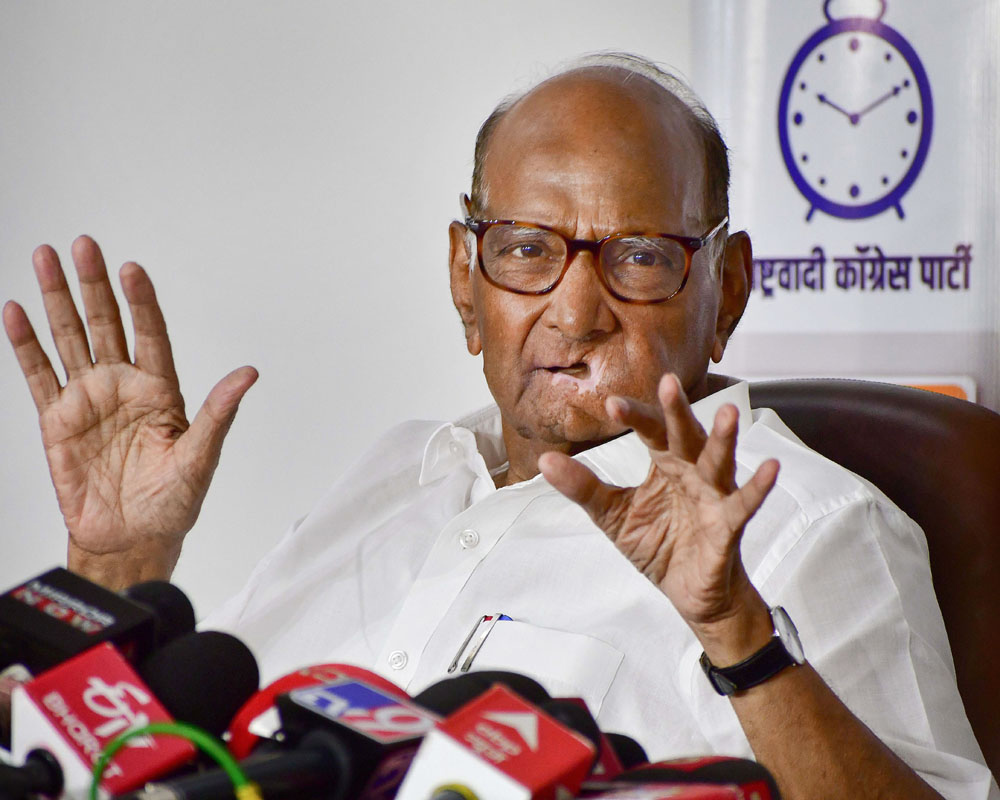
The Tragedy of Errors, Repeatedly
Meanwhile, Kejriwal has adopted an aggressive ‘ekla chalo re’ (go it alone) strategy, even calling for the expulsion of the Congress from the INDIA bloc. Without the Congress, the alliance lacks a pan-Indian force substantial enough to mediate internal contradictions. The coalition, already on life support, appears doomed to oblivion.
The very notion that an INDIA alliance could be stitched together now seems incredulous. Nitish Kumar, the architect of the coalition, was also its first deserter, disillusioned after being denied the role of convener. Mamata Banerjee, still seething over Congress’ collaboration with the Left in Bengal, refuses to play second fiddle to Rahul Gandhi, whom she views as a political neophyte. The Congress, buoyed by its 99 Lok Sabha seats, remains deluded about its place in India’s evolving political landscape. Sharad Pawar, once a towering figure capable of coalition-building, is now 84, weakened by the split in his party and the crushing defeat in Maharashtra.
Beyond the failure of its stakeholders, the disintegration of the INDIA alliance exposes a fundamental flaw in opposition politics. The past decade has witnessed the rise of Modi, evoking fears of a one-party state and an ‘elected autocracy’. This existential dread compelled opposition forces to unite. However, an alliance held together solely by anti-Modi sentiment, devoid of ideological coherence, was always a brittle construct. The Janata Party experiment of the 1970s, forged in opposition to Indira Gandhi, lasted barely two years. The INDIA bloc did not even survive that long. At least the Janata Party had the moral force of Jayaprakash Narayan. The INDIA alliance, by contrast, lacked both enlightened leadership and a coherent vision.

The BJP’s Unrelenting March and the Opposition’s Uncertain Future
With the demise of the INDIA alliance, the BJP has reasserted its dominance, seemingly restoring the political landscape to its pre-2024 contours. For those who value democracy, this should be cause for concern. Modi’s government has demonstrated a consistent willingness to wield institutional power to stifle opposition. The 2024 elections briefly hinted at a more competitive political environment. However, the opposition’s rapid implosion suggests a return to the era of unchallenged BJP ascendancy.
The BJP’s breakthrough in Delhi—its first since 1998—follows a familiar pattern. In several states, a regional party initially supplants the Congress, only for the BJP to eventually supplant the regional party. This has occurred in Uttar Pradesh, Bihar, Odisha, and Karnataka. Delhi now joins that list.

Congress’s Misplaced Confidence is Killing it
For the Congress, the bitter truth is inescapable: its misplaced confidence is hastening its own demise. Despite its self-congratulatory stance over AAP’s downfall, the Congress itself has not won a single Delhi seat in three consecutive elections. The party remains adrift, simultaneously resisting regional allies while failing to establish a credible independent identity.
The opposition’s inability to present a united front is a gift to the BJP. With each passing election, the saffron party consolidates its hold, while its adversaries fragment into irrelevance. The road ahead for the Congress and its allies is fraught with existential questions. Will they reconcile their differences to present a serious challenge to the BJP? Or will their perpetual infighting cement the ruling party’s unassailable dominance?
The answer may well determine the future of India’s political landscape.
© Copyright 2024. All Rights Reserved Powered by Vygr Media.

